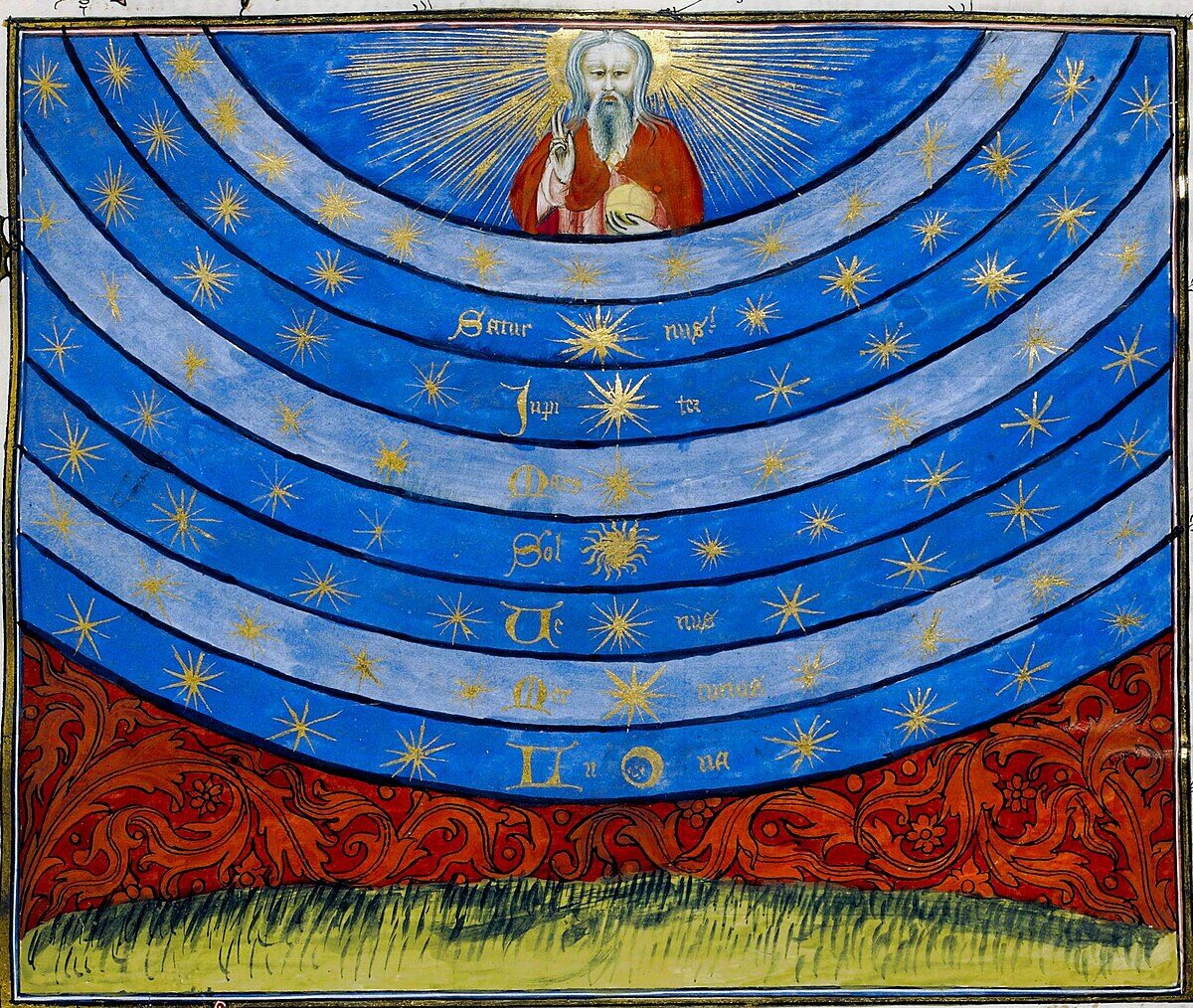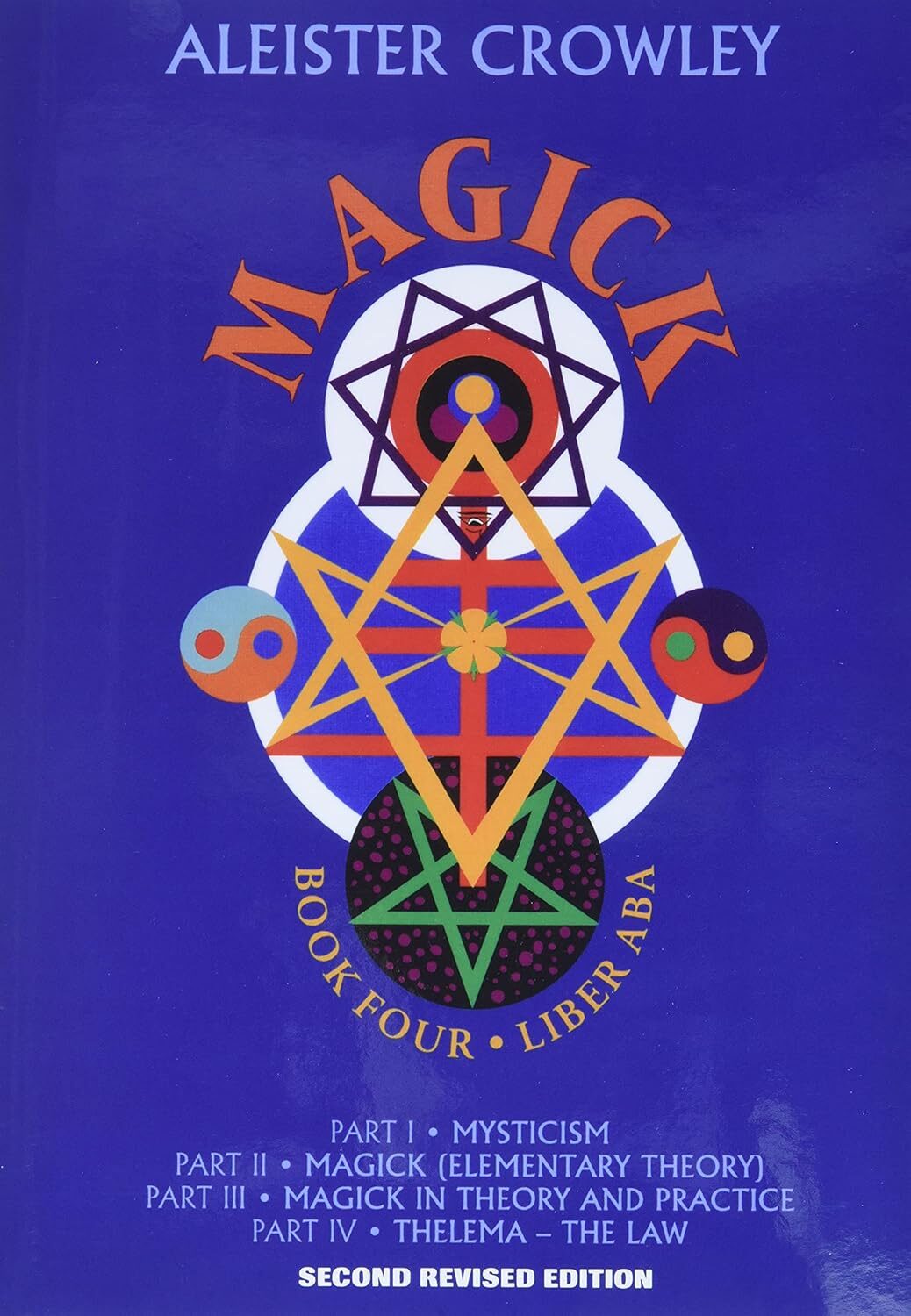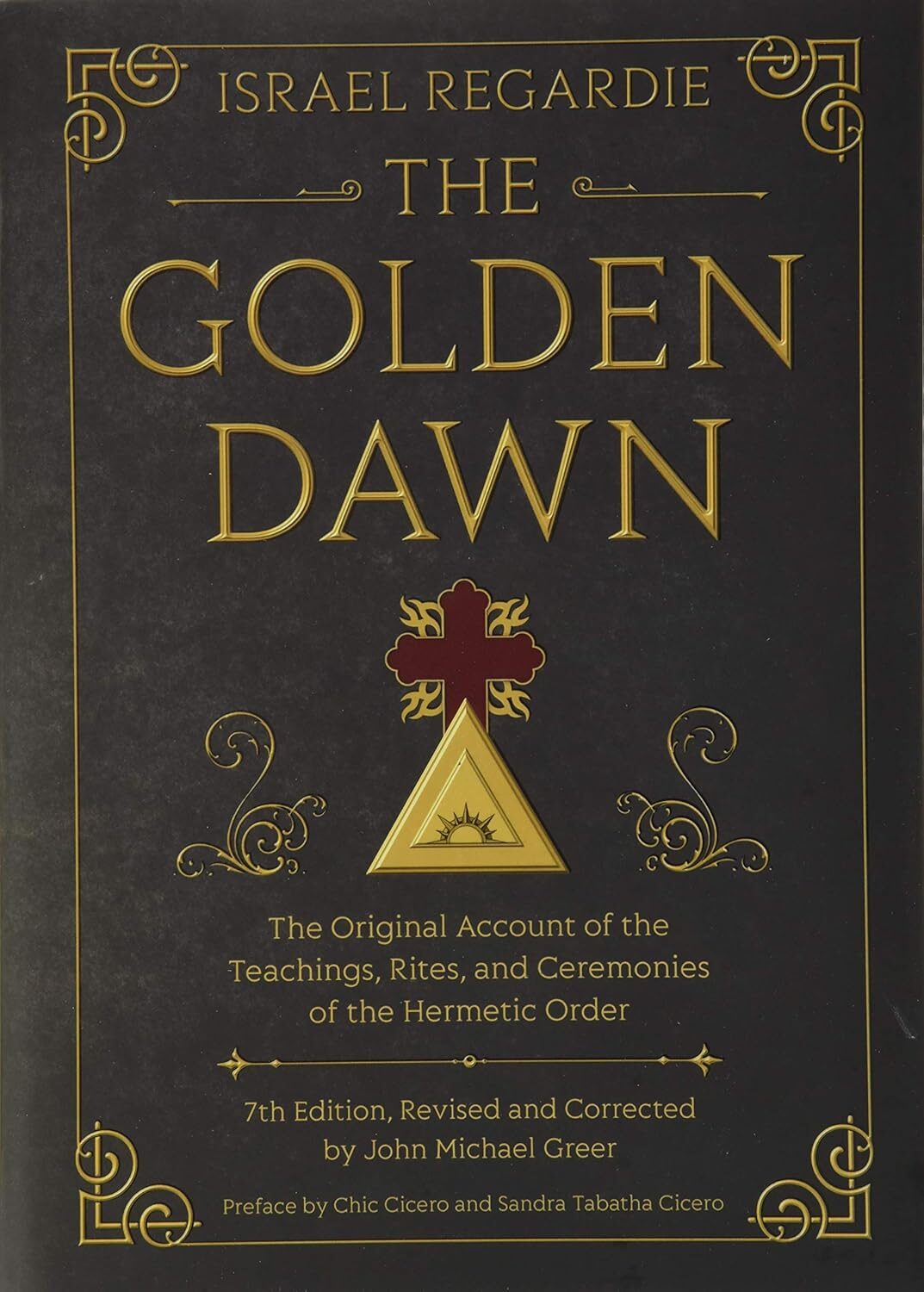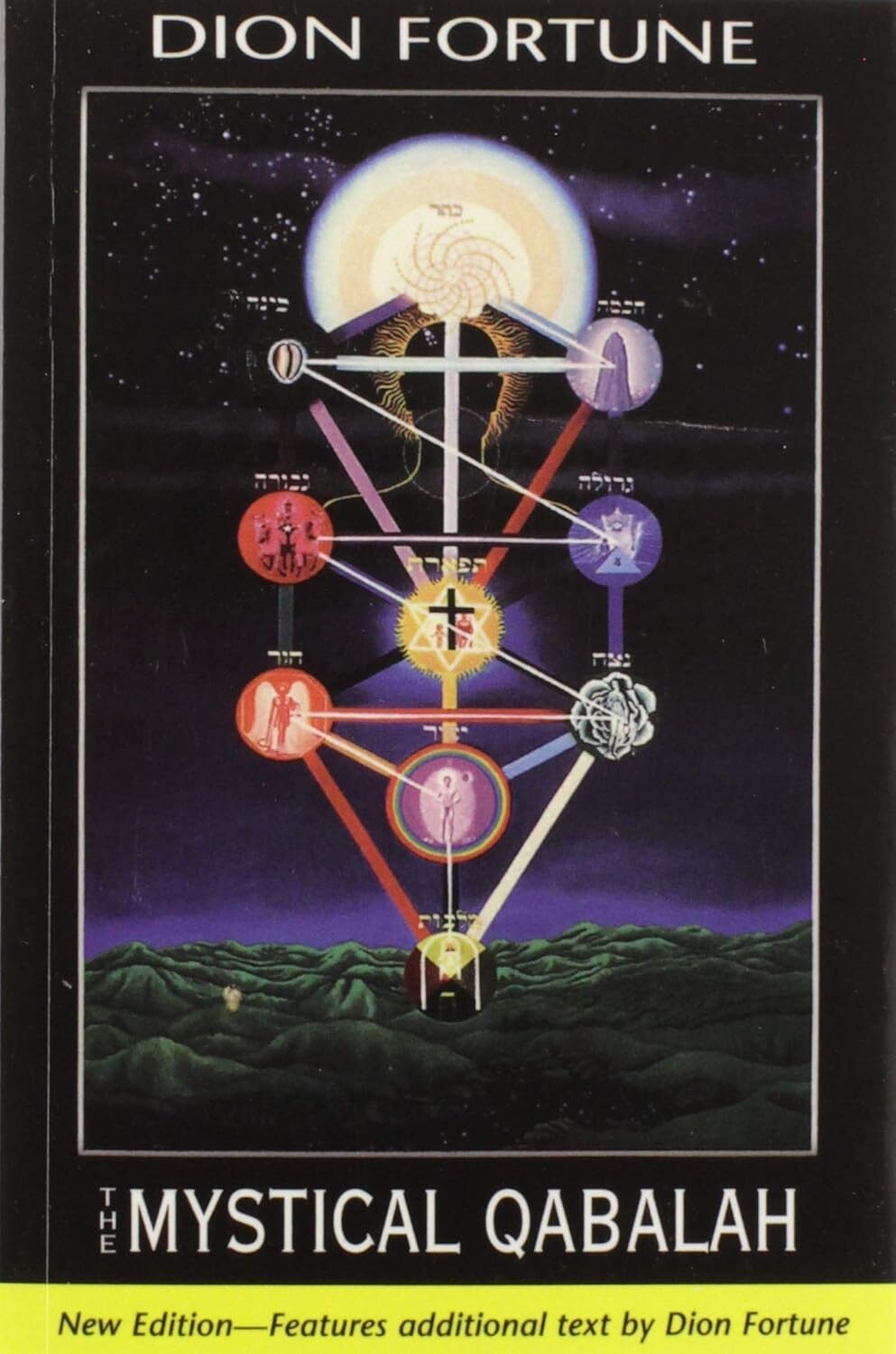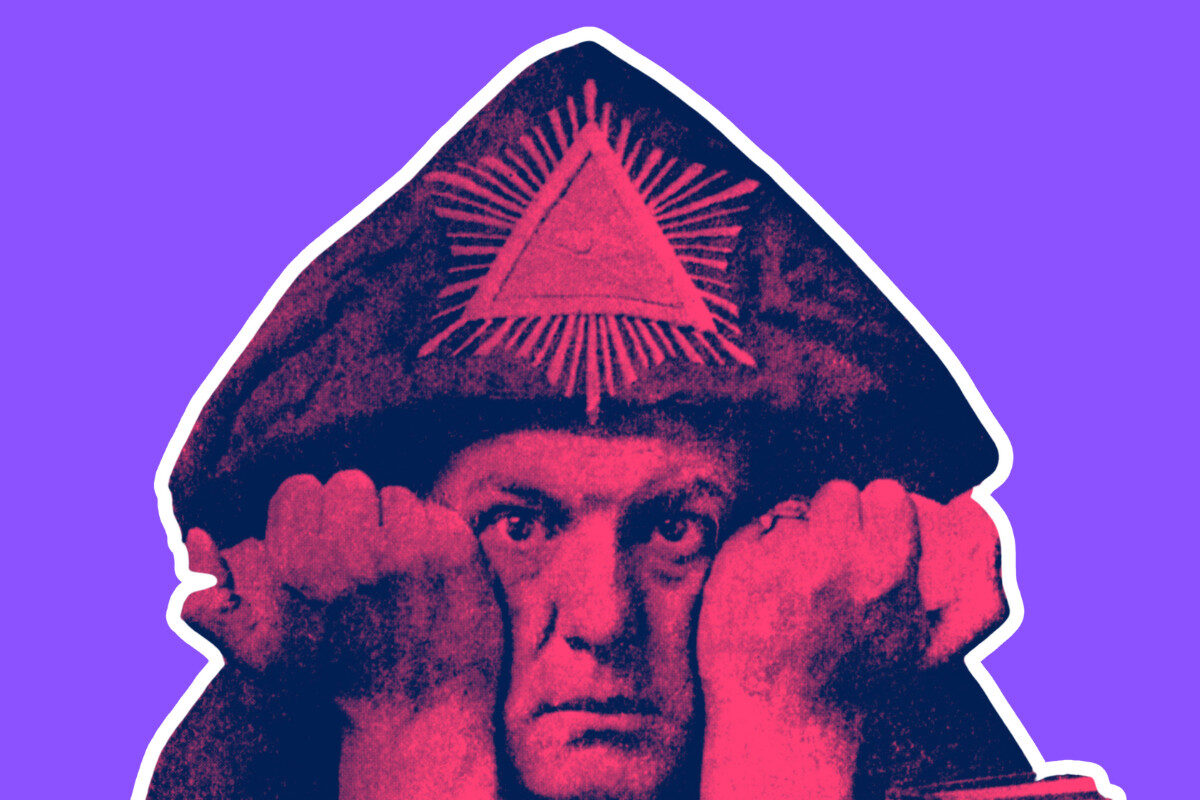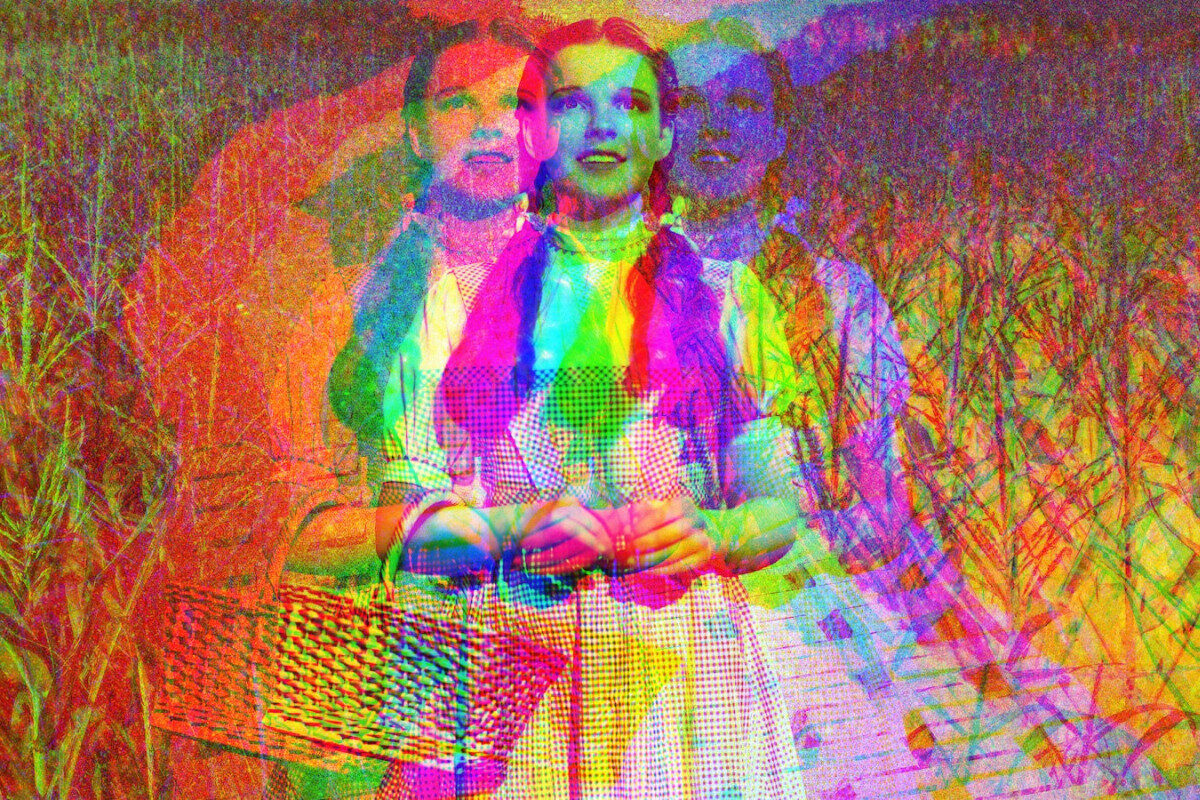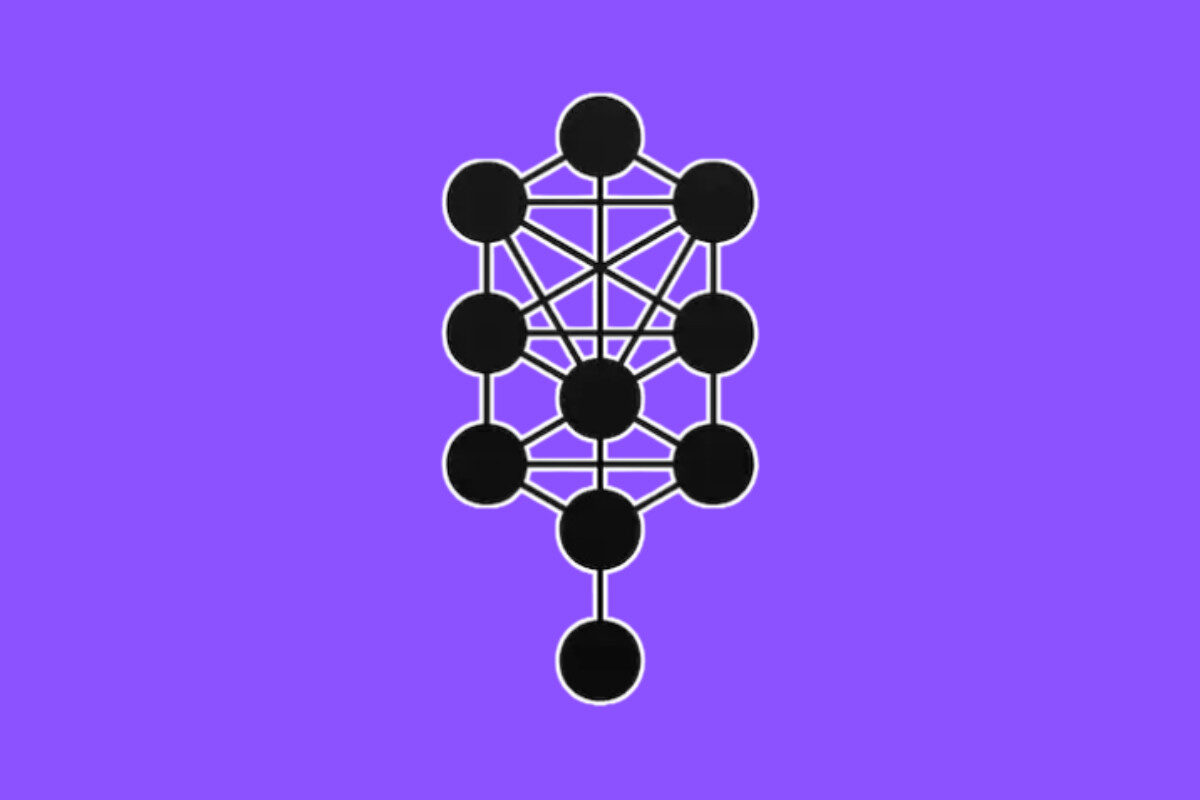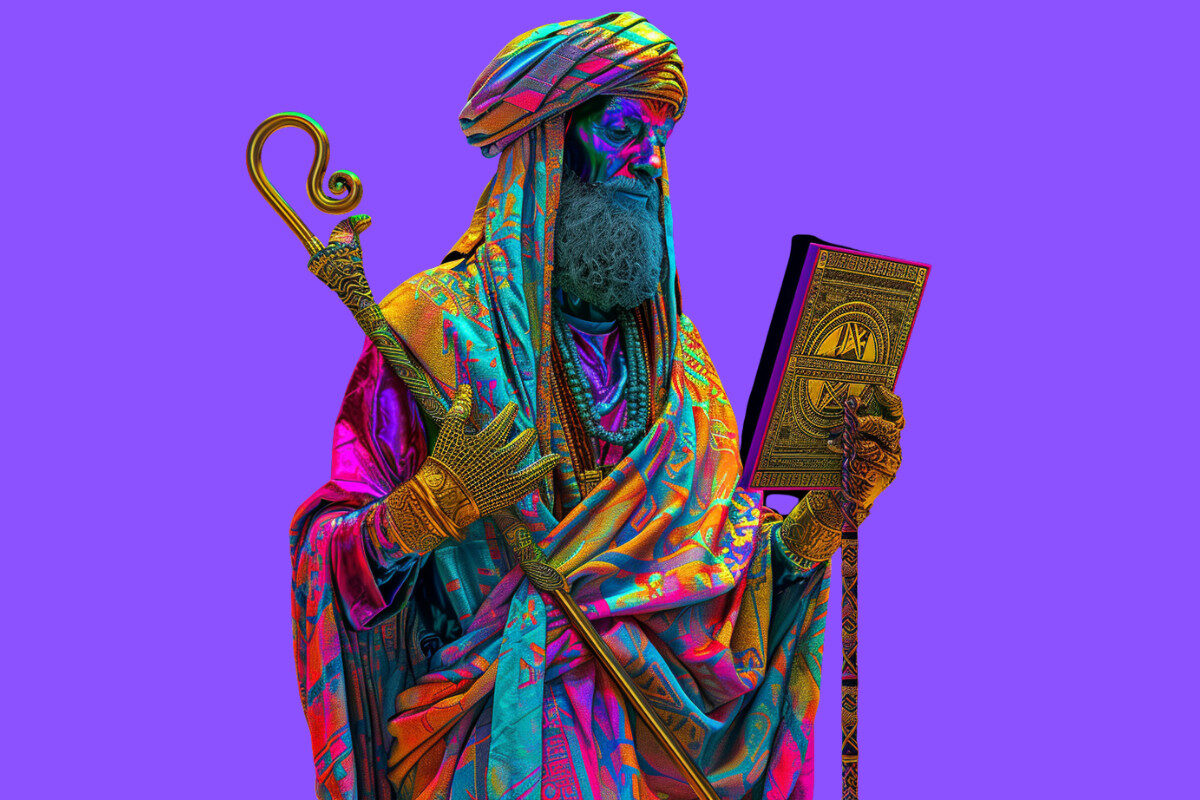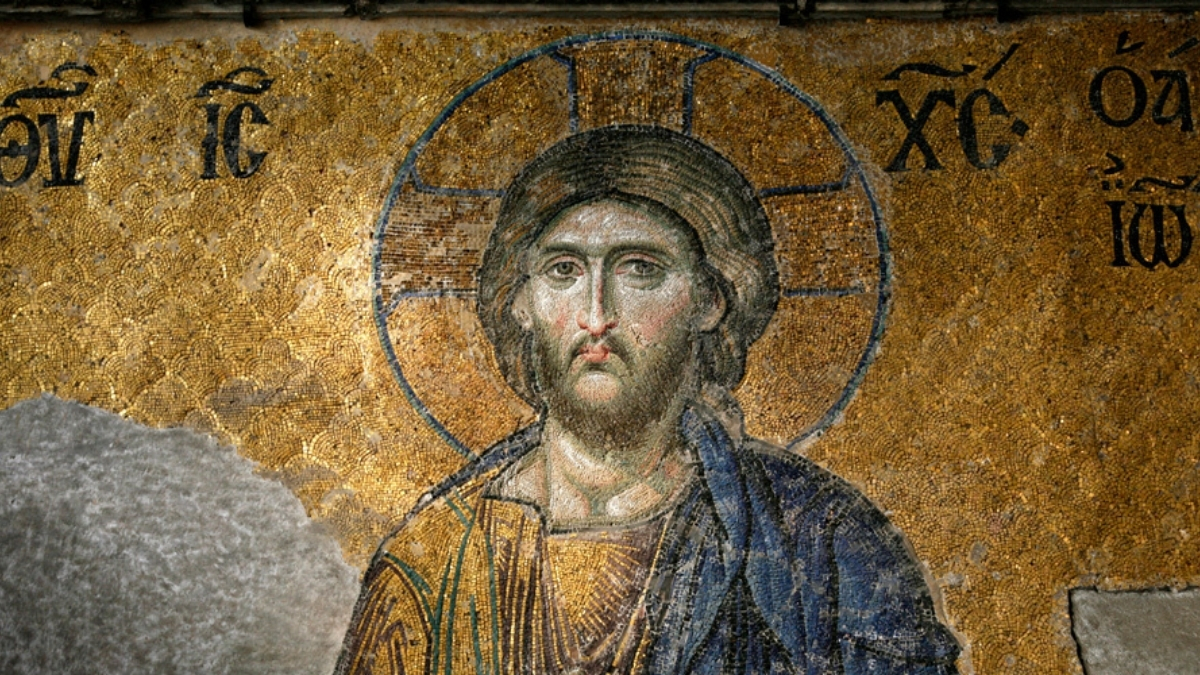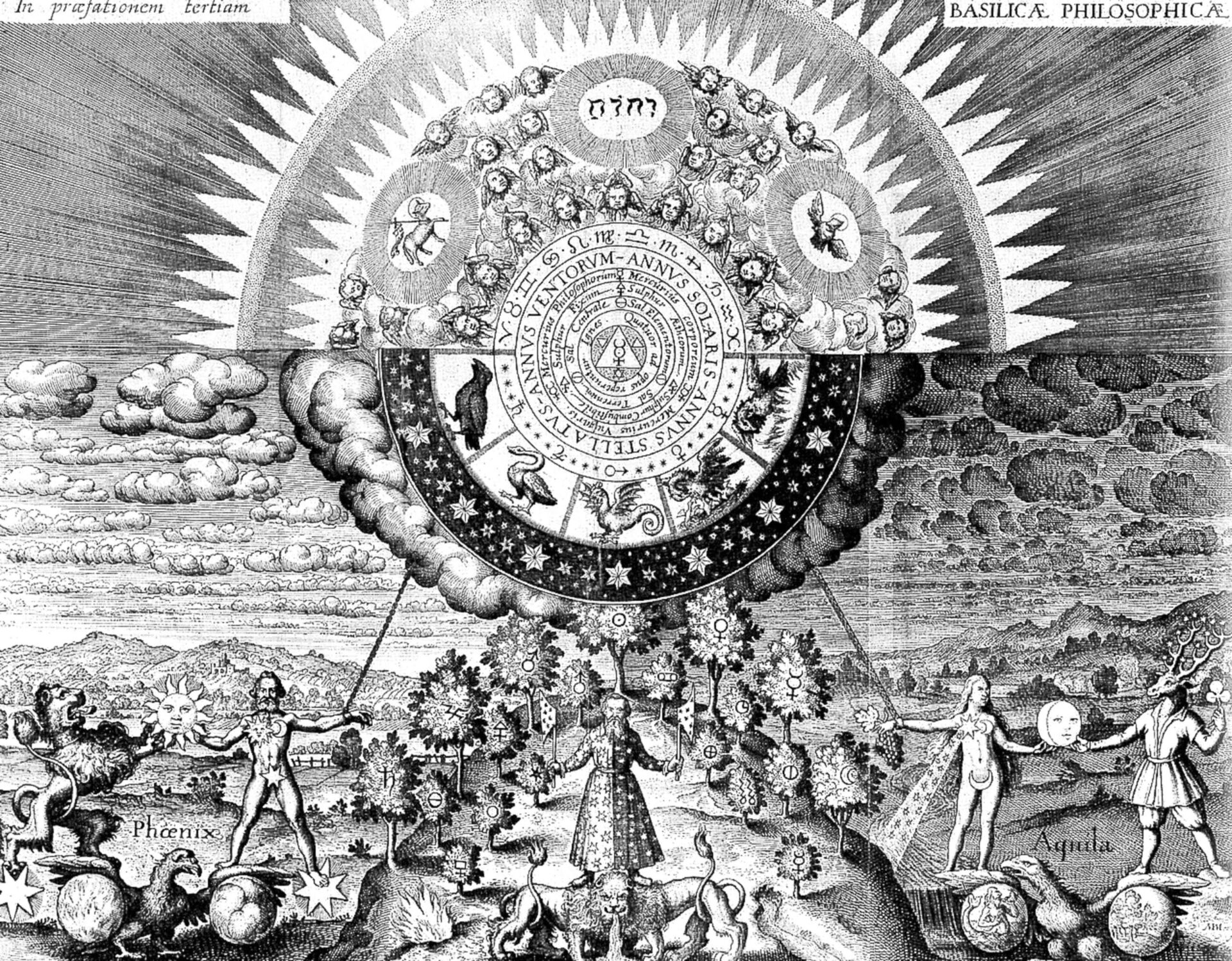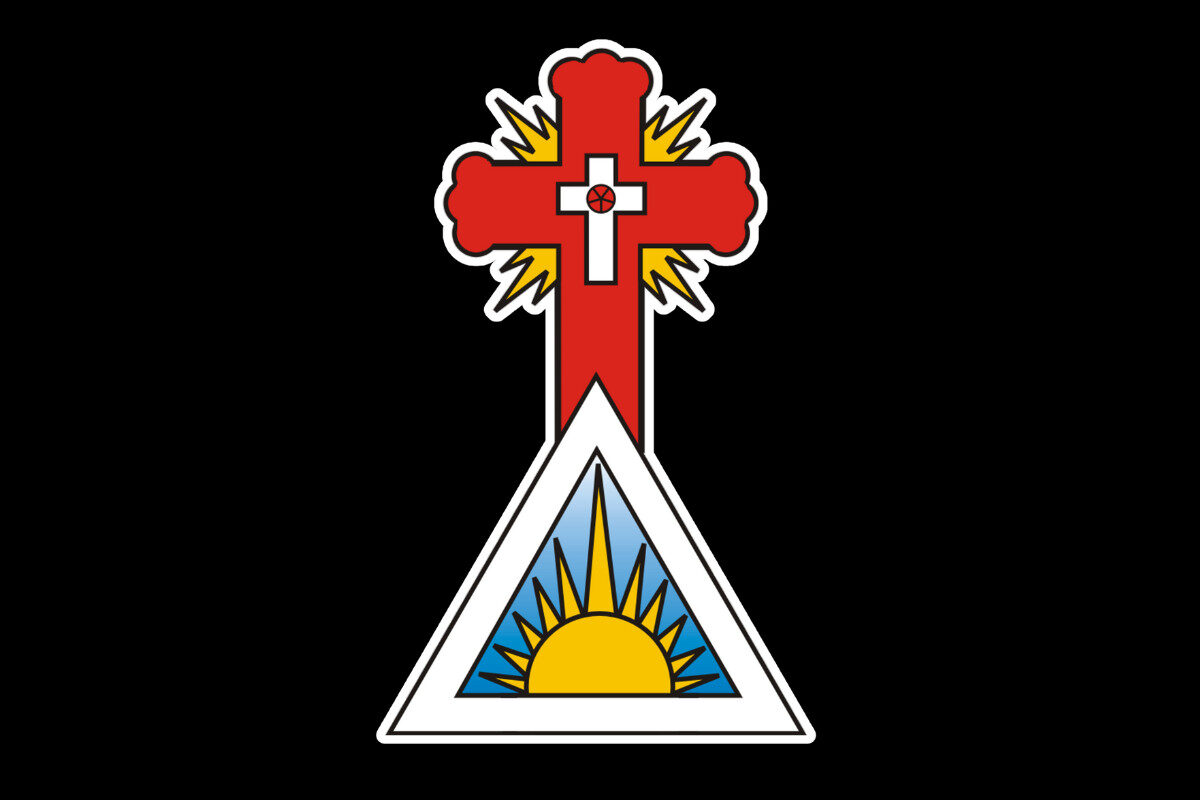At its core, Hermeticism is a path of transformation, one that invites seekers to uncover their divine nature and become conscious participants in the unfolding of the cosmos.
But what exactly is the end goal of this ancient spiritual system?
Whether you’re reading the cryptic verses of the Corpus Hermeticum, working through the initiatory rites of the Golden Dawn, or meditating on the alchemical teachings of Franz Bardon, the goal remains strikingly consistent: to know yourself, align with the divine, and become fully realized.
Let’s break that down through the lens of four influential Hermetic thinkers: Israel Regardie, Dion Fortune, Mark Stavish, and Aleister Crowley, and then explore how their views connect back to the foundational principles of Hermeticism itself.
The Great Work: Different Voices, Same Goal
🜁 Israel Regardie: Psychological Integration and Light Within
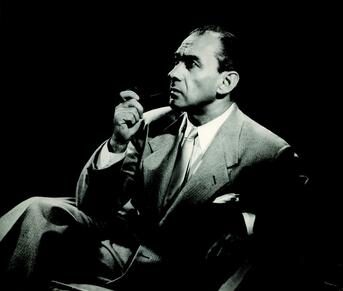
orn in 1907 to Orthodox Jewish immigrants in London, Israel Regardie’s early life was shaped by both hardship and deep spiritual hunger.
After emigrating to the U.S. in 1921, he broke from rigid dogma and immersed himself in esoteric philosophy, Eastern mysticism, and comparative religion. This intellectual journey led him to the works of Aleister Crowley, an encounter that would shape his entire magical career.
From 1928 to 1932, Regardie served as Crowley’s secretary, gaining firsthand experience in ceremonial magic, Hermetic Qabalah, and the mystical path of Thelema. But disillusioned by Crowley’s chaotic lifestyle, Regardie eventually sought a more grounded and structured form of spiritual practice.
That search brought him to the Hermetic Order of the Golden Dawn, where he quickly advanced through the initiatory system. Seeing the Order in decline, Regardie made the bold decision to publish its full teachings—preserving the Western Mystery Tradition for future generations.
But Regardie didn’t just preserve the rituals. He reimagined them as tools for psychological and spiritual transformation.
For Regardie, the end goal of Hermeticism was the Great Work: the conscious union of the personality with the Higher Self—what he called the Holy Guardian Angel.
Drawing from Jungian psychology and Reichian energy therapy, Regardie taught that magic was a method of healing and integration. Rituals like the Middle Pillar weren’t just symbolic—they were practical techniques for aligning mind, body, and spirit.
He believed that true magical attainment meant:
- Illumination of the unconscious
- Emotional and energetic balance
- Inner unity with the divine spark within
In his view, the Hermetic path wasn’t escapism or fantasy. It was a serious, disciplined approach to becoming a fully realized, spiritually integrated human being.
Regardie’s legacy lives on in every modern magical system that blends ritual, Qabalah, psychology, and healing. Proof that the Great Work he pursued was not only real, but replicable.
🜂 Dion Fortune: Service and Spiritual Balance

Dion Fortune brought a deeply ethical and practical perspective to Hermeticism. She saw its ultimate aim as achieving spiritual illumination and balance through disciplined inner work—particularly via:
- Qabalah, ritual, and meditation
- Harmonizing personal will with universal laws
- Applying wisdom in service to humanity
To her, Hermeticism was a sacred marriage between spirit and matter, where enlightenment meant not escape from the world, but a return to it with awakened purpose.
She also wrote what is probably still the best introductory book to Qabalah (and it was published almost 100 years ago).
🜃 Mark Stavish: Spiritual Alchemy and Inner Evolution
Stavish, a modern teacher and writer, frames Hermeticism as a living system of spiritual alchemy—transforming the base aspects of the self into gold.
His emphasis is on:
- Self-knowledge and gnosis
- Active participation in cosmic evolution
- The inner Philosopher’s Stone: the perfected self
Through inner and outer alchemical practices, Stavish describes the end goal as becoming a conscious, immortal soul in alignment with the divine pattern.
🜄 Aleister Crowley: True Will and Divine Union
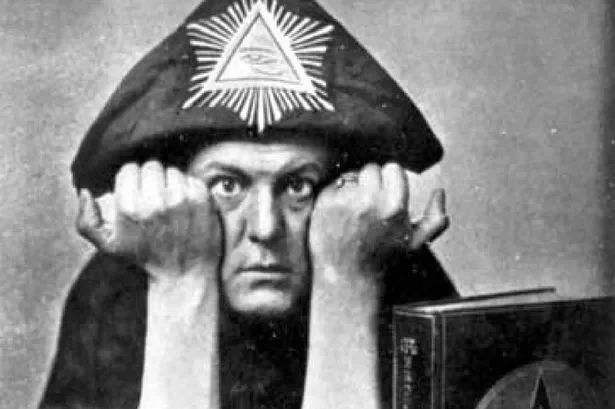
Aleister Crowley—perhaps the most infamous and misunderstood figure in modern occultism—brought a bold, revolutionary voice to Hermeticism. Known for his work with the Hermetic Order of the Golden Dawn, and later the founder of his own esoteric religion called Thelema, Crowley reimagined the purpose of the spiritual path in uncompromising terms.
At the heart of his philosophy was the idea of True Will—the unique, divine blueprint each soul is born with. Crowley taught that the ultimate goal of Hermetic practice wasn’t simply self-improvement or mystical experience, but the conscious discovery and fulfillment of this True Will.
“Do what thou wilt shall be the whole of the Law.”
— Liber AL vel Legis, The Book of the Law
This statement doesn’t promote hedonism, as it’s often misquoted to imply. In Crowley’s Hermetic system, “Do what thou wilt” means living in perfect alignment with your soul’s divine purpose, free from societal conditioning, fear, or illusion. It’s a spiritual discipline of radical authenticity.
Key Concepts in Crowley’s Hermetic Framework
- Union with the Holy Guardian Angel: Crowley’s interpretation of the higher self, this being represents the perfected essence of the soul. The ritual known as the Knowledge and Conversation of the Holy Guardian Angel (especially from The Sacred Magic of Abramelin the Mage) was central to his path. Achieving this union marked a turning point—a full awakening to one’s divine identity.
- Magick as Will in Action: Crowley defined Magick as “the Science and Art of causing Change to occur in conformity with Will.” For him, ritual magic was not about superstition; it was a tool for spiritual alignment and transformation. Every spell, symbol, or invocation was designed to sharpen the practitioner’s connection to their True Will.
- Transcending Duality: Crowley emphasized the importance of balancing opposites—light and dark, masculine and feminine, order and chaos. He believed the Hermetic initiate must integrate these polarities to reach higher states of consciousness. This reflects the Hermetic Principle of Polarity from The Kybalion, where opposites are understood as two ends of the same spectrum.
- Spiritual Immortality and Enlightenment: Like earlier Hermetic alchemists, Crowley believed in the transmutation of the soul. The end goal of Hermeticism, for him, was a state of divine consciousness—a realization that the self and the cosmos are one, and that death itself is but a gateway to continued evolution.
Crowley’s Lasting Impact on Modern Hermeticism
Though controversial in both his life and legacy, Crowley’s contributions to Hermeticism remain deeply influential. He expanded Hermetic practice beyond traditional ceremonial magic and wove it into a full system of spiritual psychology, ritual science, and personal liberation.
The Common Threads: A Unified Vision

Despite their different styles and systems, these thinkers agree on several key goals of Hermetic practice:
1. Union with the Divine
Whether framed as the Holy Guardian Angel, Higher Self, or the All, Hermeticism guides the practitioner toward direct communion with the divine—not through dogma, but through disciplined inner work.
2. The Great Work
This is the central metaphor of Hermeticism: the alchemical transformation of the self. Like turning lead into gold, the Hermeticist refines their being—body, soul, and spirit—into a vessel of divine expression.
3. Self-Realization and Illumination
The goal is not escape from reality, but mastery within it. Through gnosis, ritual, meditation, and magical practice, the Hermetic initiate becomes a fully integrated being, able to see through illusion and act with conscious purpose.
“As above, so below; as within, so without.”
— The Emerald Tablet
How This Fits Into the Bigger Picture
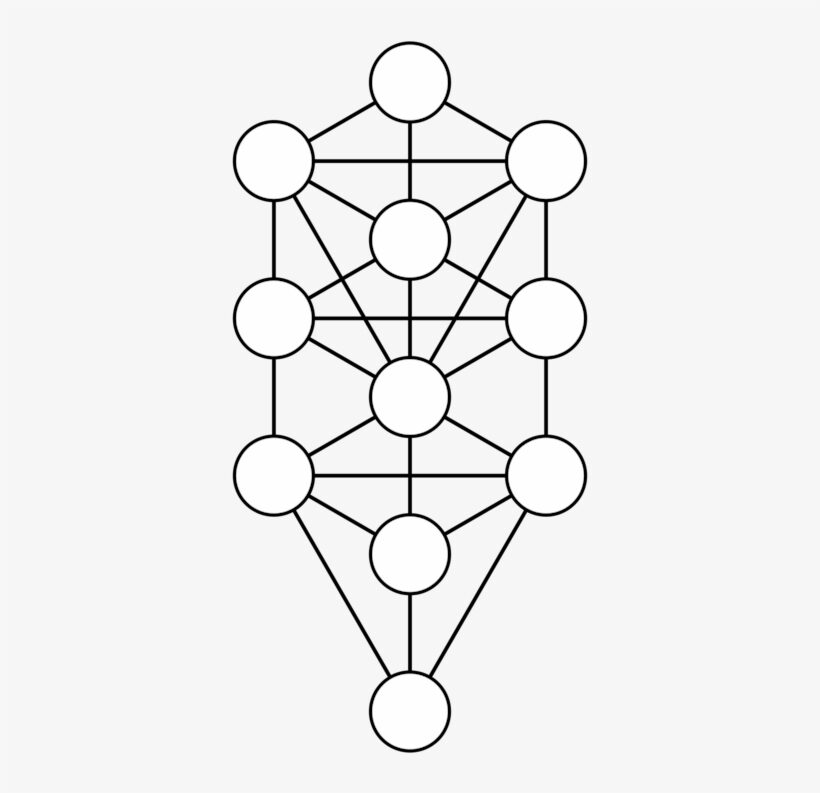
Hermeticism teaches that the universe is mental in nature; that all of reality arises from a single, universal consciousness often referred to as The All (ein sof). In this view, existence isn’t a random series of physical events; it’s a living, thinking cosmos, shaped and sustained by divine mind.
And you? You’re not separate from it.
At the heart of Hermetic thought is the belief that every human being carries a spark of the divine within them, a fragment of that same cosmic intelligence. This means your mind is not just an observer of the universe but a participant in its unfolding. Your thoughts, intentions, and inner states matter; they ripple out into the world around you.
This is why the spiritual path in Hermeticism isn’t about blind belief in a distant god or following external rules. It’s about direct, personal realization: understanding that you and the universe are not two things, but expressions of the same divine source.
“As above, so below; as within, so without.”
This famous Hermetic axiom isn’t just poetic, it’s meant to be practical. It teaches that by exploring your inner world, you can come to understand the outer one. And by harmonizing with divine principles, you begin to see the sacred in all things—including yourself.
In this sense, the spiritual journey isn’t a climb toward some faraway heaven. It’s a turning inward, a process of remembering who you really are: a conscious spark of the divine, capable of creation, transformation, and spiritual awakening.
To explore this in depth, see our guide: 👉 Hermeticism Explained: A Beginner-Friendly Overview
How To Start Your Own Great Work
If you’re drawn to Hermeticism, you don’t need to wait for an initiation. You can begin now:
- Daily meditation – Cultivate awareness and observe the mind
- Journaling – Reflect on inner states and patterns
- Study core texts like the Corpus Hermeticum, the Kybalion, or Initiation Into Hermetics
- Self-Initiate yourself with Regardie’s Golden Dawn’s Complete System of Magick.
- Experiment with ritual or visualization – Treat the imagination as a sacred tool
Remember: Hermeticism isn’t about memorizing dogma: it’s about testing, applying, and interpreting spiritual truths. It’s heavy on symbols, requires a lot of studying, reading, meditation, and note taking.
It is not something you can half-ass. It requires commitment, time, and a lot of reading and practice. From the ceremonial aspects to the meditations and correspondences, undertaking the Golden Dawn system of magick is probably akin to studying for a doctorate at a college or university.
Final Thoughts: The End Is a Beginning
So, what is the end goal of Hermeticism?
It is the transmutation of the self, the perfection of soul and matter, and the conscious realization of your divine nature. It is a lifelong process of becoming, of awakening to the fact that the universe doesn’t just happen to you; it happens through you.
Or as the Hermetic sages might put it: You are not a seeker of light. You are the light, remembering itself.
